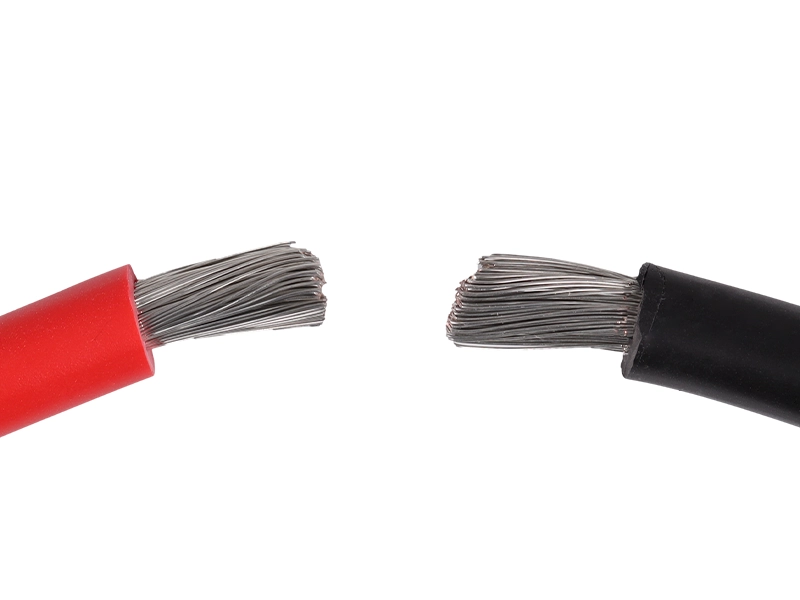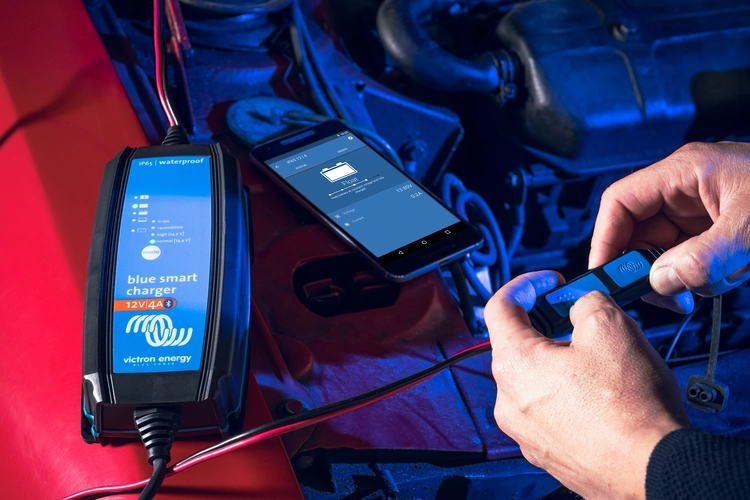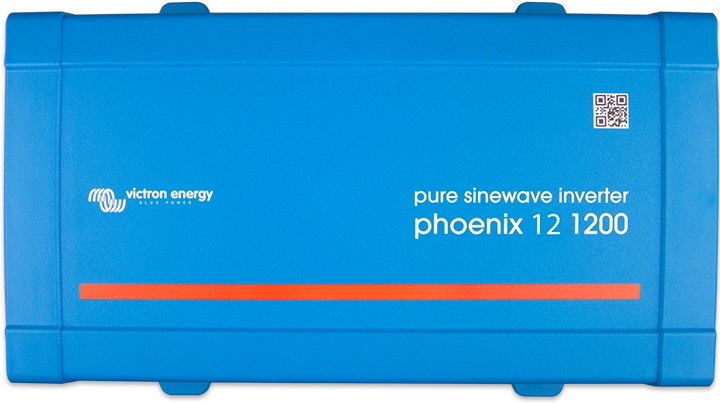Sizing Cable & Cable Size Calculator
Getting the right size cable, whether it be for running lights, chargers or larger devices like inverters, inverter chargers or fridges is important both in terms of ensuring it can safely carry the current but even if you know the correct cable for the amps an overlooked factor is the voltage drop across the distance. Both of these factors are important for a proper installation.
For example, for a 30A 12V battery charger you could use Oceanflex 4mm2 cable as that is rated to 39A but if you were running the cables 2.5m you would lose around 0.71v due to voltage drop meaning your charger won't charge as well affecting it's performance.
We have put together a handy cable sizing calculator to ensure you are getting the right cable for your installation, whatever it is.
Simply enter the Voltage, the Current you will be carrying and the distance the cable will run (just the distance of one of the cables ex. positive cable). It will then recommend what cable will be able to carry that current and won't experience too much voltage drop.
Cable Size Calculator
This calculator takes into account the max current of Oceanflex Tinned Cable and their resistance at 20 degrees Celsius, the mac current & resistance of other cable brands may vary. This is to be used as a guide and we cannot guarantee it will be accurate for other brands of cable.
CALCULATING AMPS
To use our calculator you need to know what amps you need to carry, not all devices or appliances rate their amp draw. You may be given the watts such as tv's or inverters. If you know the watts simply divide this by the voltage and you have the amps.
For example a 1200w inverter ÷ 12V = 100a
FUSE SIZING
Generally, you should always run a load through a fuse, to protect what is on either end of the cable and the cable itself. In a short circuit where the amps will jump up super high the cable can melt and cause a fire so a fuse stops this from happening, for the sake of the cost of a fuse it is a good investment.
Sizing a fuse is pretty easy, size it to the amps of your cable or roundabout but above the maximum current you will be running.
For example you have an inverter which draws 150A and you are using a cable rated to 250A, a fuse 175-250A will be fine.






